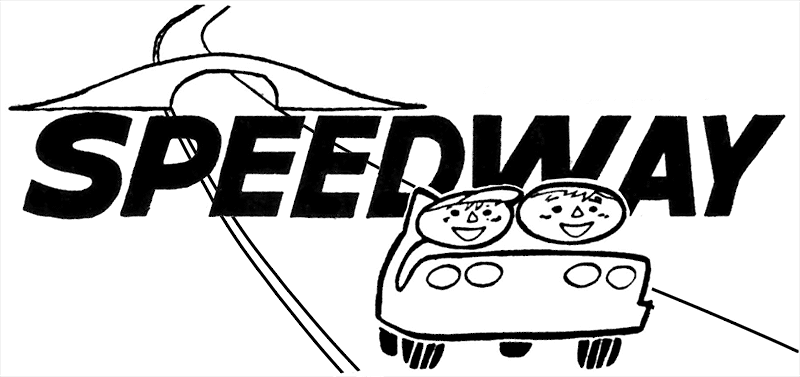
Opened: Apr 1960
Closed: 2000
Location: South Midway
Original Cost: $100,000
Track Length: ~ ¼ mile
ORIGINAL CARS, 1960-1968
Manufactured By: Streifthau Manufacturing Company – Middletown, Ohio
Ride Model: Streco Turnpike Cruiser
Four years after the children’s Speedway ride opened as part of Lagoon’s Mother Gooseland, a larger version was built south of Roller Coaster that the whole family could enjoy. Many parks at the time were banking on the popularity of Disneyland’s Autopia that opened in 1955. When Lagoon announced the opening of their Speedway in 1960, the newspaper ads left no doubt they were following the trend as well.

Just like Autopia at Disneyland, Lagoon’s Speedway started out with no center guide rail. Instead, there were bumpers along both sides of the road and cars with bumpers that wrapped all the way around the vehicle. And just like at Disneyland, the original cars wore out fairly quickly.
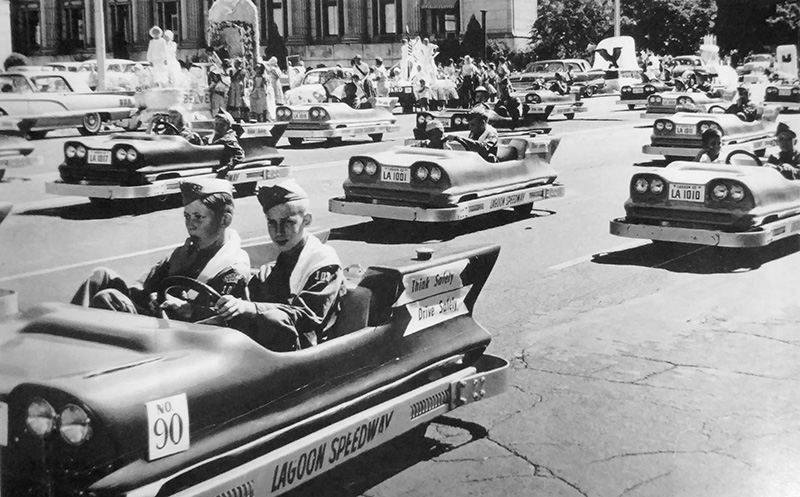
One major difference was that Lagoon’s Speedway cars were from Streifthau – a small Ohio manufacturer. The Streco Turnpike Cruiser was their best-selling product and the owner, Edgar, and his wife, Nellie, often delivered them personally. Each car cost $1,600 – “nearly the price of a good used family car,” according to park manager Robert Freed in a 1963 interview.

GALLERY

REPLACEMENT CARS, 1969-2000
Manufactured By: Arrow Development – Mountain View, California
Model: Sports Car
Cost: $1,600 per car
Engine: Kohler K-Series 7-hp, air-cooled, pull start
Fuel Type: Regular grade gasoline
Fuel Tank Capacity: 6 gal
Max Speed: 7 mph
Ride Capacity: 2 per car
After nine seasons of bumps and crashes, Lagoon replaced these cars with new models by Arrow Development (the company responsible for many of Disneyland’s early rides, including Autopia). The Arrow cars straddled a guide rail to minimize wear on the vehicles.
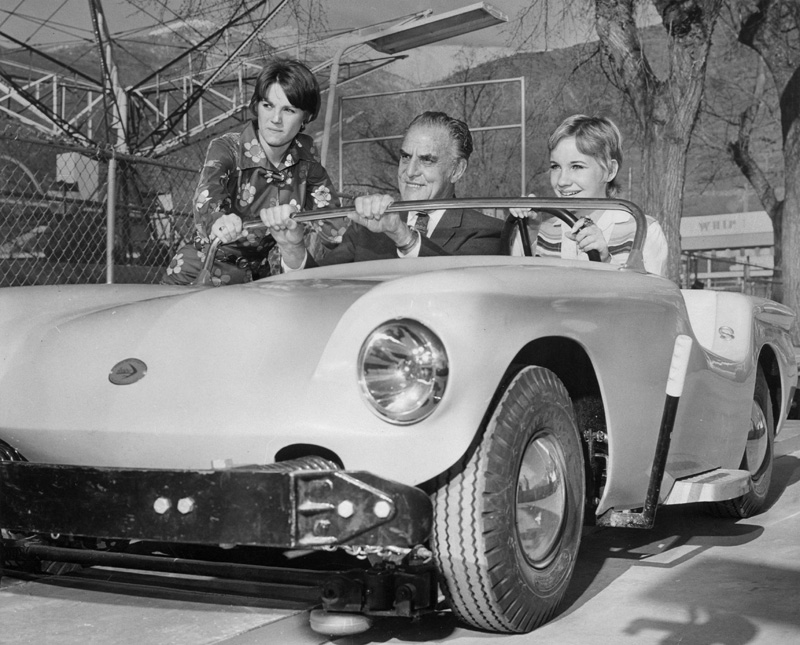
At the front of the ride was a scaled down service station. Similar to the smaller Speedway in Mother Gooseland, the station featured American Oil Company signage that were changed out when the actual company’s name and logo changed.
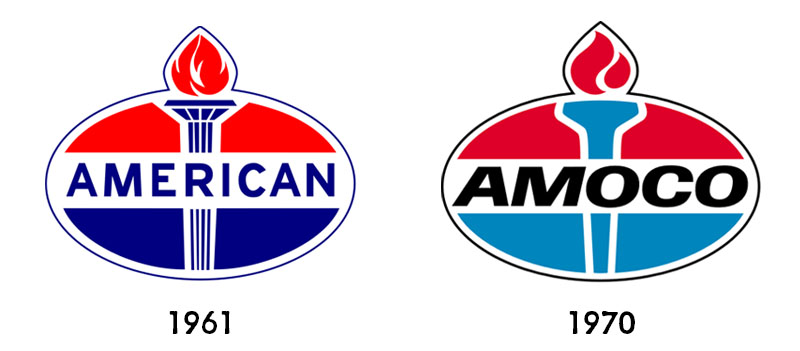
The line for the ride formed along the outside of the track, north of the service station. After waiting in the queue, riders would stand on one of several large, yellow dots painted along the loading platform. As the rider or riders on the first dot got in their car, those next in line would move up to the next dot.
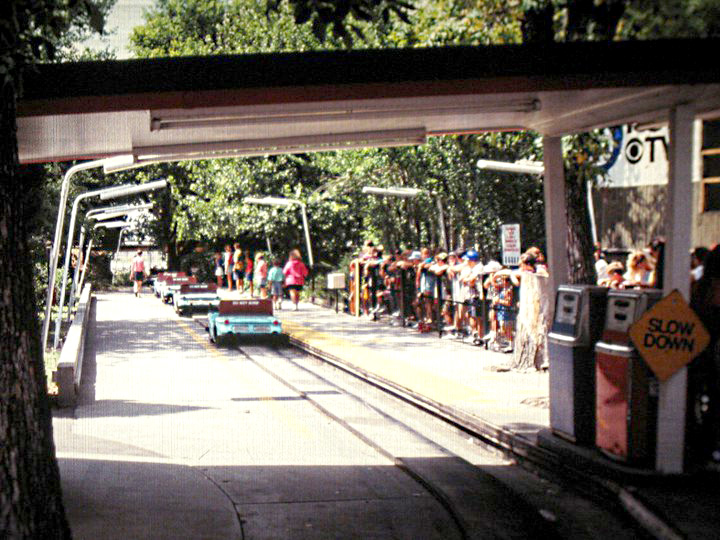
Once they were belted in and given clearance to go ahead, riders began heading down a long stretch of track going west. Just before reaching an overpass, the road curved to the north toward the Roller Coaster. The road circled around behind the Flying Jets (or Lagoon Music Theatre, depending on the year¹) and went south toward the overpass.
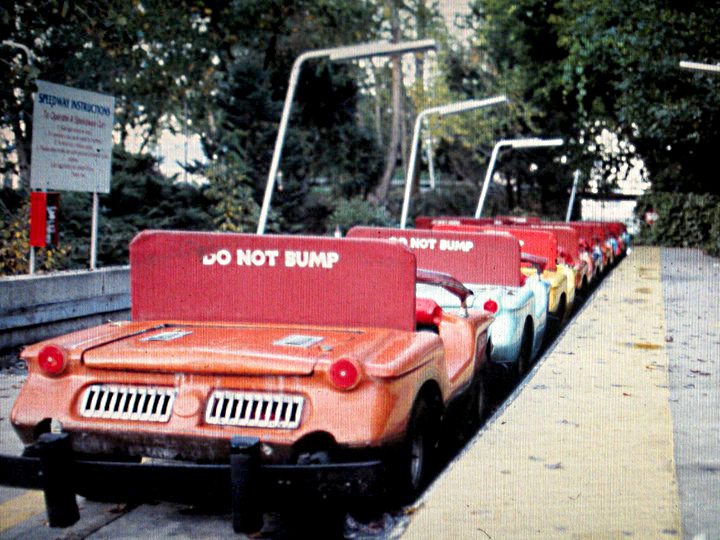
The road made another 180-degree turn while traveling under the overpass and then traveled parallel to the parking lot and proceeded toward the Roller Coaster again. After turning back to the south, the path steadily ascended uphill and crossed the overpass as it went around a large curve.
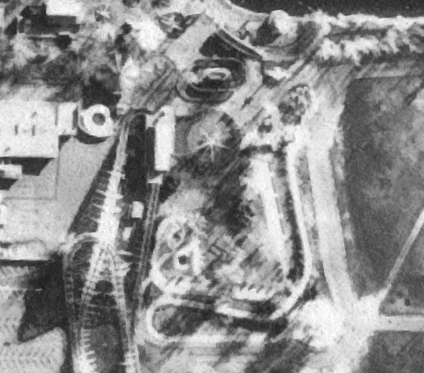
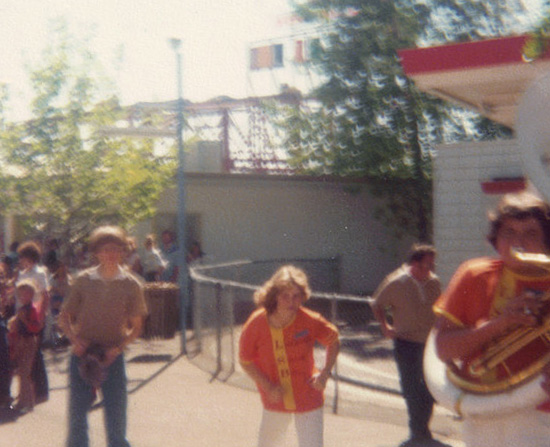
From there the road went back downhill toward the east, passing a large, wooden cut-out traffic cop urging drivers to slow down. After circling around the service station, riders exited the vehicles and a ride operator moved the car forward for the next driver.
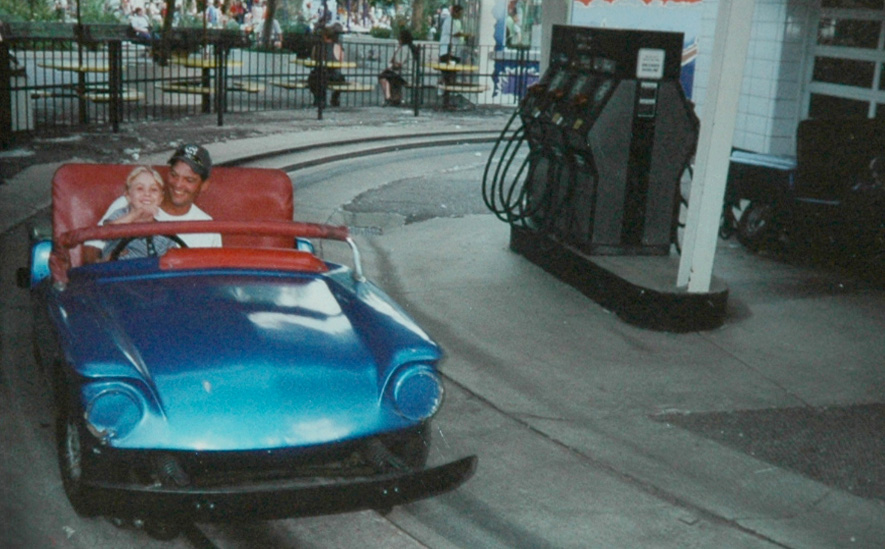
The cars had a single pedal accelerator and brake – just push down to accelerate and let go to stop. Some cars had the steering wheel on the left like American drivers are used to, but some had the steering wheel on the right side.
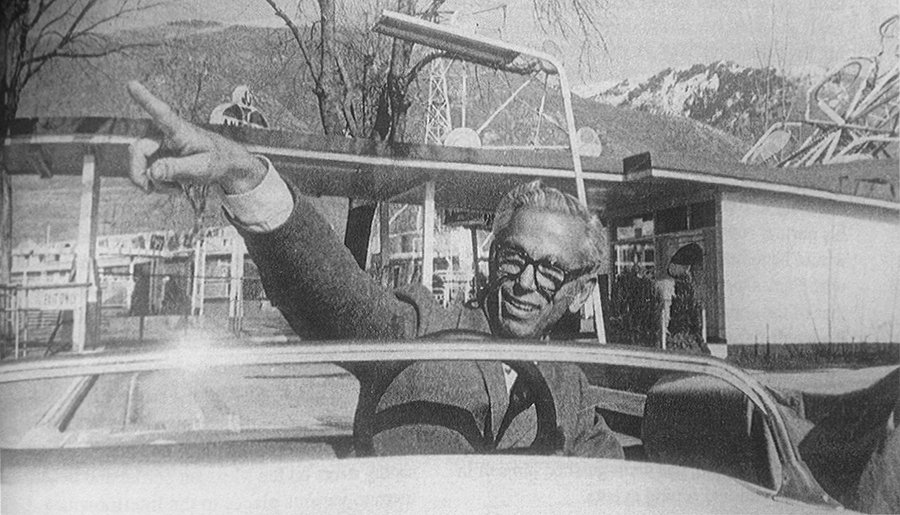
The ride was originally named the Speedway or Lagoon Speedway. In 1969, a sign was placed in front of the ride calling it the “New Sportscar Speedway”. Eventually, the ride officially became known as Speedway, Sr. to distinguish between the smaller Speedway, Jr. in Mother Gooseland. During the annual Frightmares events beginning in 1995, Speedway, Sr. was converted into the Utah Troll Road and the ride operators would dress up in costumes and scare passing motorists.
Although the ride was popular, it had an unfortunate reputation for having a slow-moving line. As one guests remembers it…
“One of the reasons the ride was so slow was due to the fact that there were usually slower drivers ahead of you. This meant you had to try to wait for the car to get ahead a good distance so you could accelerate to some real speed. But this was tricky as the Speedway included monitors who would yell at you if you were holding up traffic.”
“Causing someone a case of whiplash was a reason to get you a good tongue-lashing and even kicked off the ride for the rest of the day.”
-George A.
The constant upkeep of vehicles was another drawback. Typically, oil changes for the engines used were suggested for every 25 hours of use by the manufacturer. With cars running from morning till night, that would mean oil changes about every two days in the summer. Fuel prices were climbing higher during the ride’s later years, too.
Sadly, Speedway, Sr. closed at the end of the 2000 season – the same season in which an upcharge go-kart complex named Double Thunder Raceway was built on the north end.
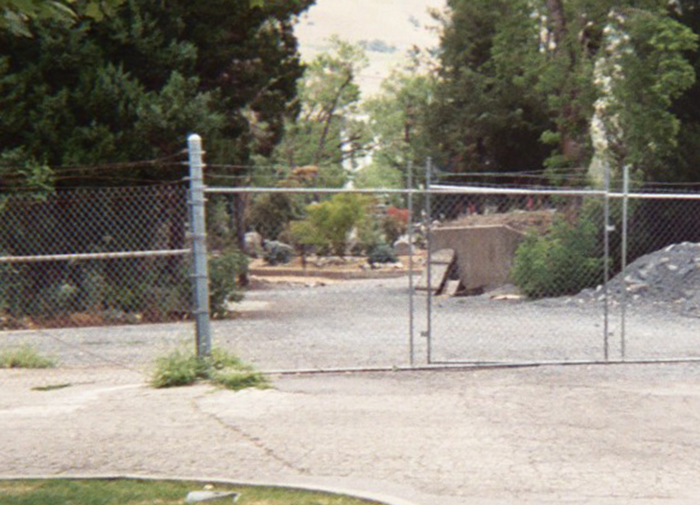
The service station, guide rail and conrete paths were torn out and most of the cars were sold off or scrapped. Cliffhanger opened in 2001 where the eastern portion of the ride was located. Two years later, The Spider opened in the western portion. Even though the concrete roadway was torn out, the curving pathway that remained behind Lagoon Music Theatre was still used by company vehicles until 2018 when work began on the Biergarten.
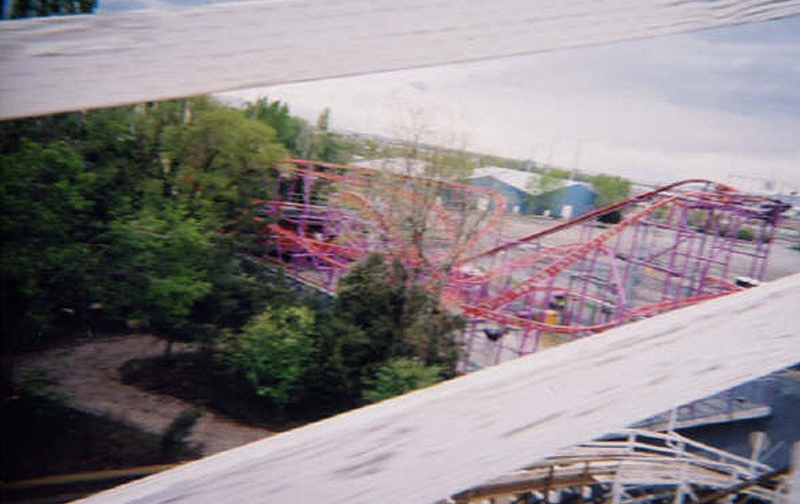
Now, the only vestige of the ride is a hill south of The Spider which was part of the overpass. Speedway, Sr. remains one of the most fondly remembered attractions, along with the likes of the Fun House, Pioneer Village Railroad and others.
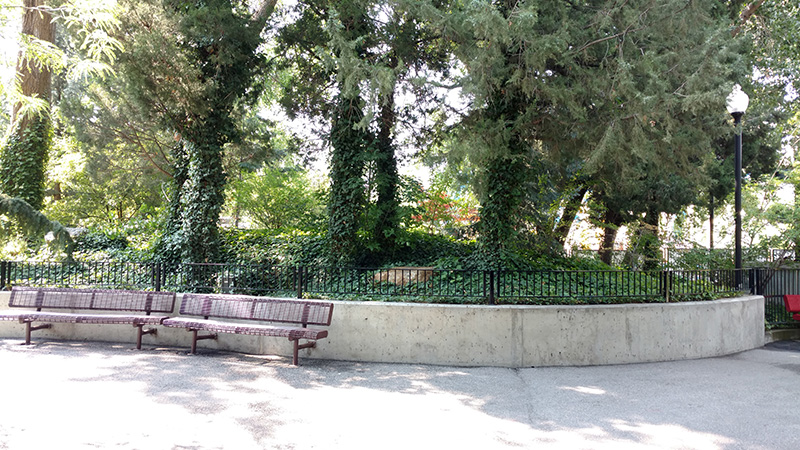

NOTES
1. The Flying Jets (now known as the Flying Aces) were located just south of the Roller Coaster station from 1956 until the early ’80s. The Lagoon Music Theatre was built in its place in 1982, which was in turn replaced by the Lagoon Biergarten.

MORE FROM LHP

ReferenCES
1st-Run Films, Resort Events Mark Holiday. Deseret News, 27 May 1960.
Lagoon newspaper ad. Deseret News, 28 May 1960.
Lagoon Chief Cites Improvements, Predicts ‘Most Promising Season’. Deseret News, 6 Apr 1963.
New Rides For Lagoon. Deseret News, 1 Apr 1969.
Arrow Development catalog, 1977.
We’ve Been Around. Arrow Dynamics, 1986
Kohler Engines Owner’s Manual – Models K91, K161 & K181. Revised July 1997.
Fowler, Scott E. Images Of America: Fantasy Farm Amusement Park. Arcadia Publishing, 2014.
Three Decades of Arrow’s Cars. ArrowDevelopment.blogspot.com, 27 Feb 2017.
Utah Troll Road. Lagoon Is Fun Wiki, updated 14 Sep 2018.
Current Preservation Projects – Streifthau Turnpike Car. Southwest Ohio Amusement Park Historical Society, accessed 22 Feb 2019.
Streifthau. Southwest Ohio Amusement Park Historical Society, accessed 22 Feb 2019.
Sports Car Speedway. Email to the author from George A. 19 Mar 2005.
Speedway. Emails to the author from Mike. March 2018.

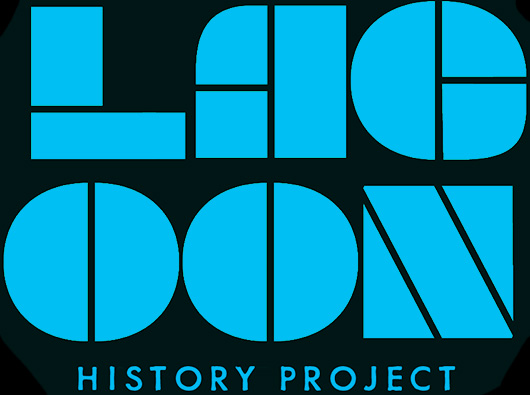
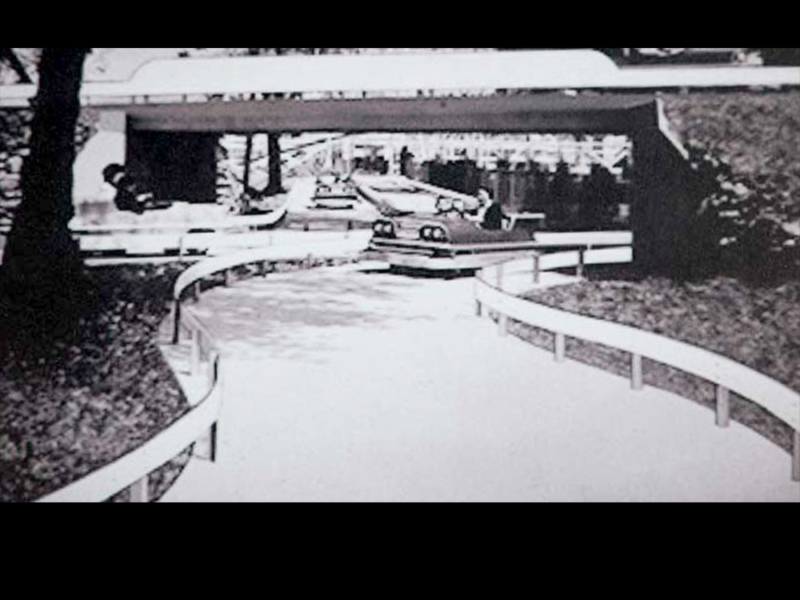
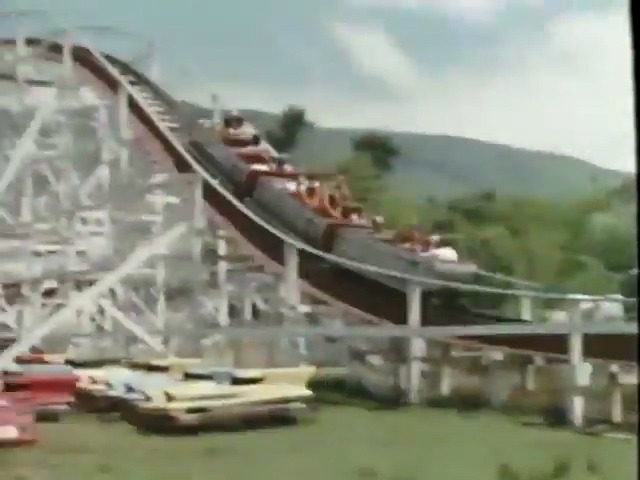
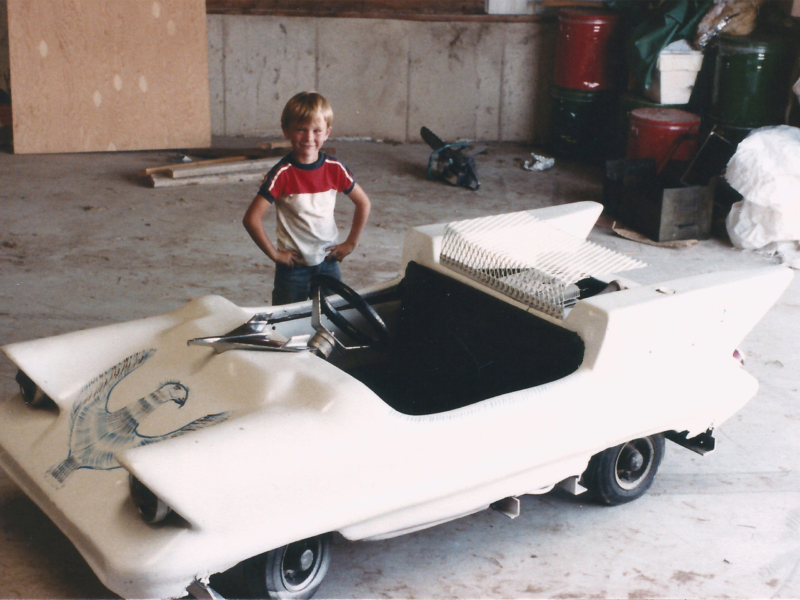
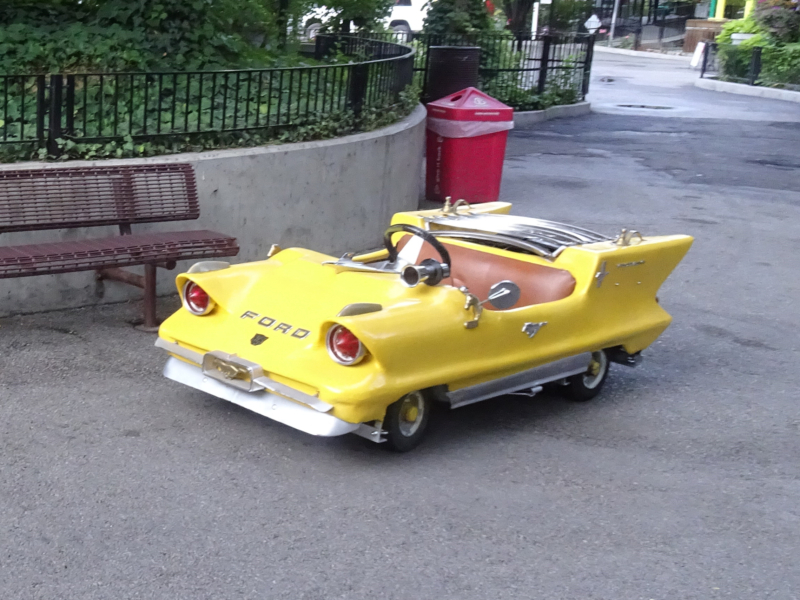
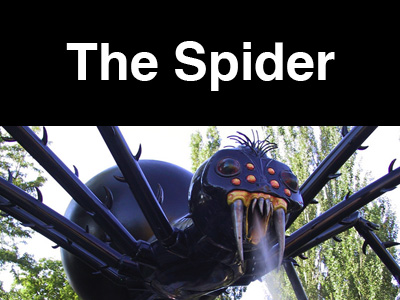
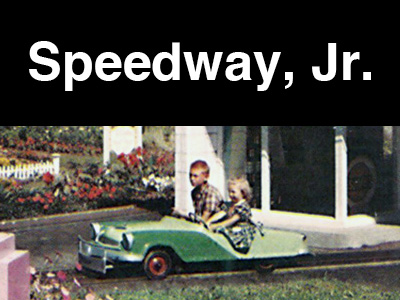
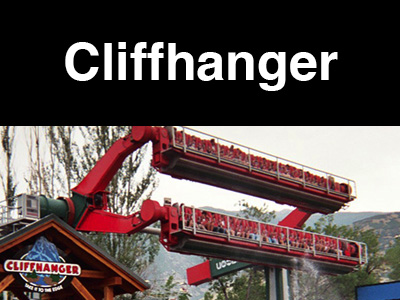
2 replies on “Speedway, Sr.”
I have fond memories on this ride. I remember one year during Frightmares Troll Road, a ghoul dressed up like the Grim Reaper jumped into a car with my brother just as he was about to take off. About halfway around the track he turned to him and asked, “Do you want me to get out?” My brother said yes and stopped. He got out and let my brother ride the rest of the track in peace.
Haha! That’s a great memory. If only the real grim reaper let you opt-out…